Morocco is a country that often feels like a living museum, where ancient traditions meet modern sensibilities, and where the architecture serves as a visual narrative of its rich history and diverse influences. For photography enthusiasts, Morocco offers endless opportunities to capture stunning architectural details—from the geometric intricacies of Islamic art to the bold colors that adorn city streets. In this guide, we’ll explore some of the most captivating spots in Morocco for architecture photography.
Marrakech: A Tapestry of Styles
Koutoubia Mosque
As one of the largest mosques in Marrackech Morocco, Koutoubia Mosque is a must-visit. Its 12th-century minaret is an architectural marvel, capturing the essence of Almohad design. The mosque is especially stunning during golden hour, when its sandstone walls glow.
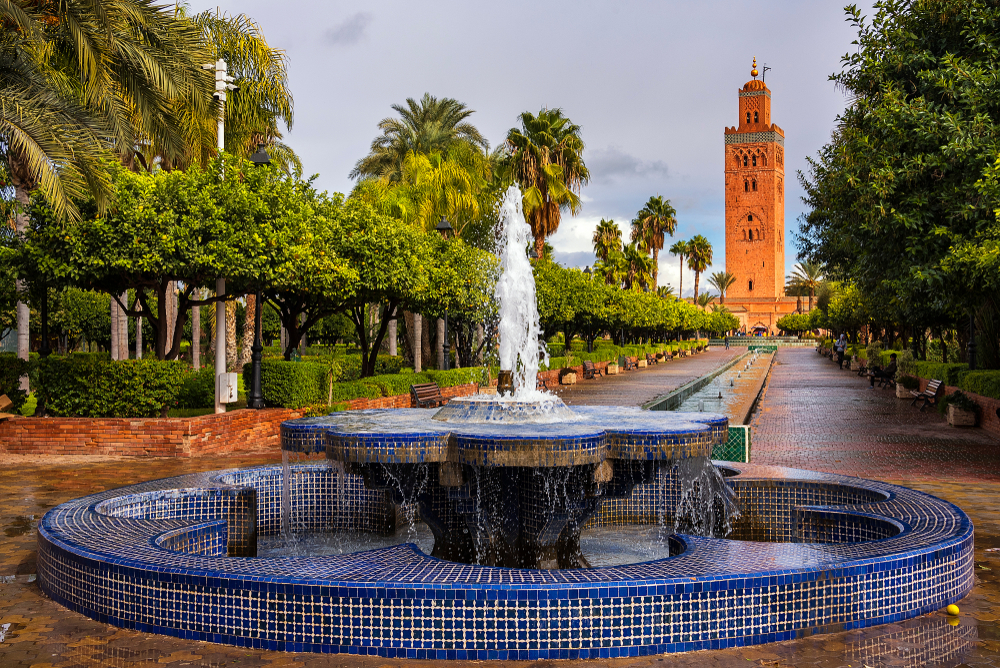
Bahia Palace
The Bahia Palace, with its intricate tiles and carved wooden ceilings, offers a myriad of photography opportunities. Each room in this 19th-century palace provides a different set of geometric designs and light-and-shadow interplays.
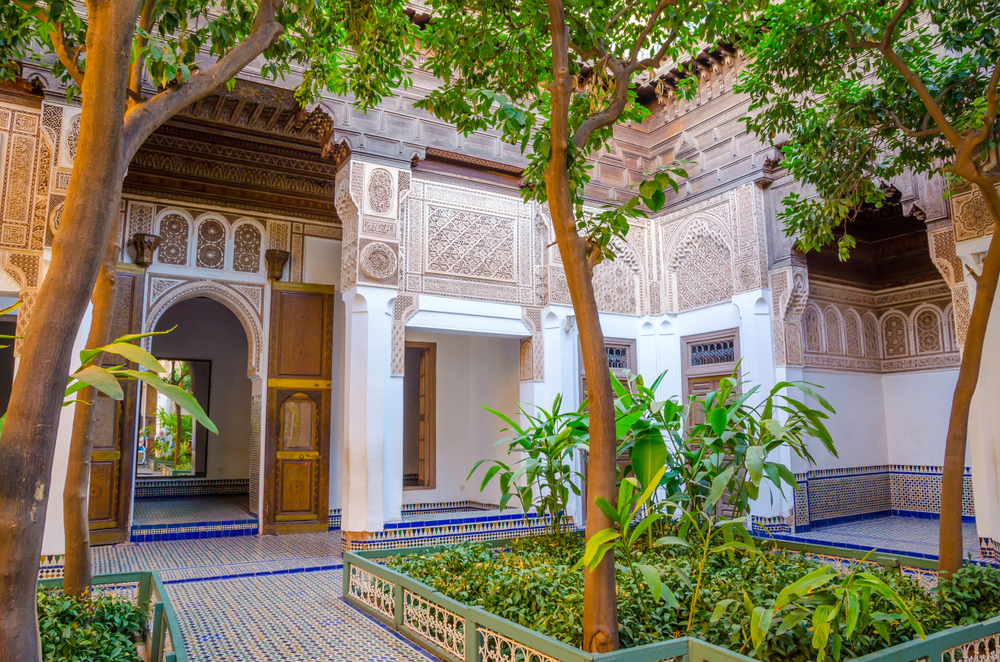
Fez: The Soul of Morocco
Al-Attarine Madrasa
Fez is renowned for its Islamic architecture, and the Al-Attarine Madrasa is a jewel in its crown. Capture the detailed zellij (tile work) and the complex carvings that embellish its walls and archways.

Dar Batha Museum
This museum, set in a former royal palace, showcases Moroccan art and architecture. The Andalusian garden and intricate plasterwork make for excellent photographic subjects.
Chefchaouen: The Moroccan Photography Heaven
Medina Streets
The blue-washed walls of Chefchaouen offer a unique architectural backdrop. The contrasting shades of blue, accented with colorful doors and window frames, are a photographer’s dream.
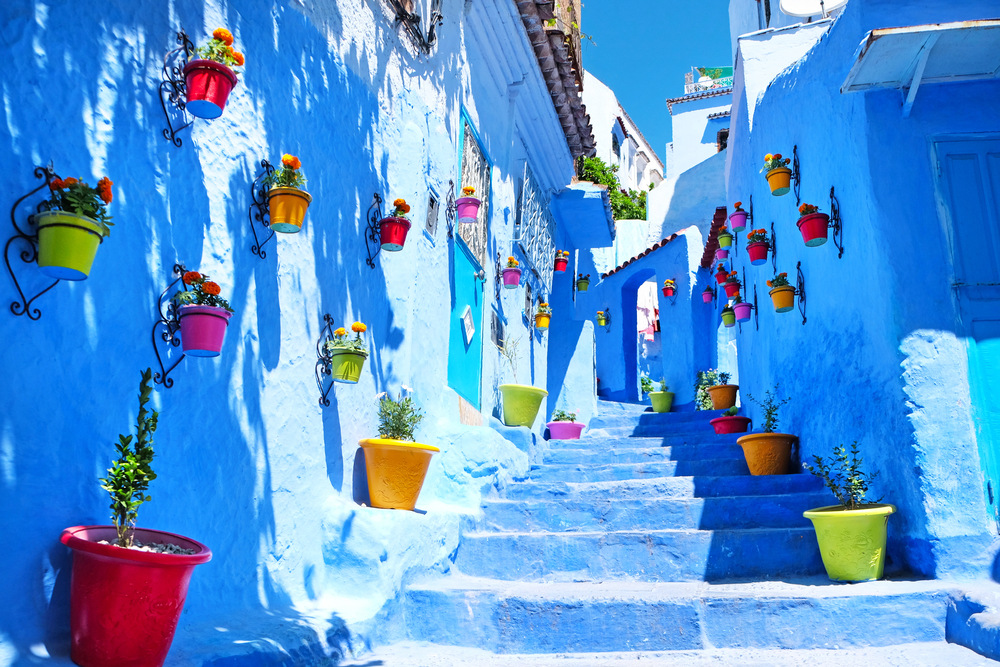
Rabat: The Capital’s Splendor
Hassan Tower and Mausoleum of Mohammed V
These two structures stand side by side, offering a blend of unfinished ambition and realized grandeur. The incomplete Hassan Tower provides stark, austere shots, while the Mausoleum offers ornate Moroccan and Islamic design elements.
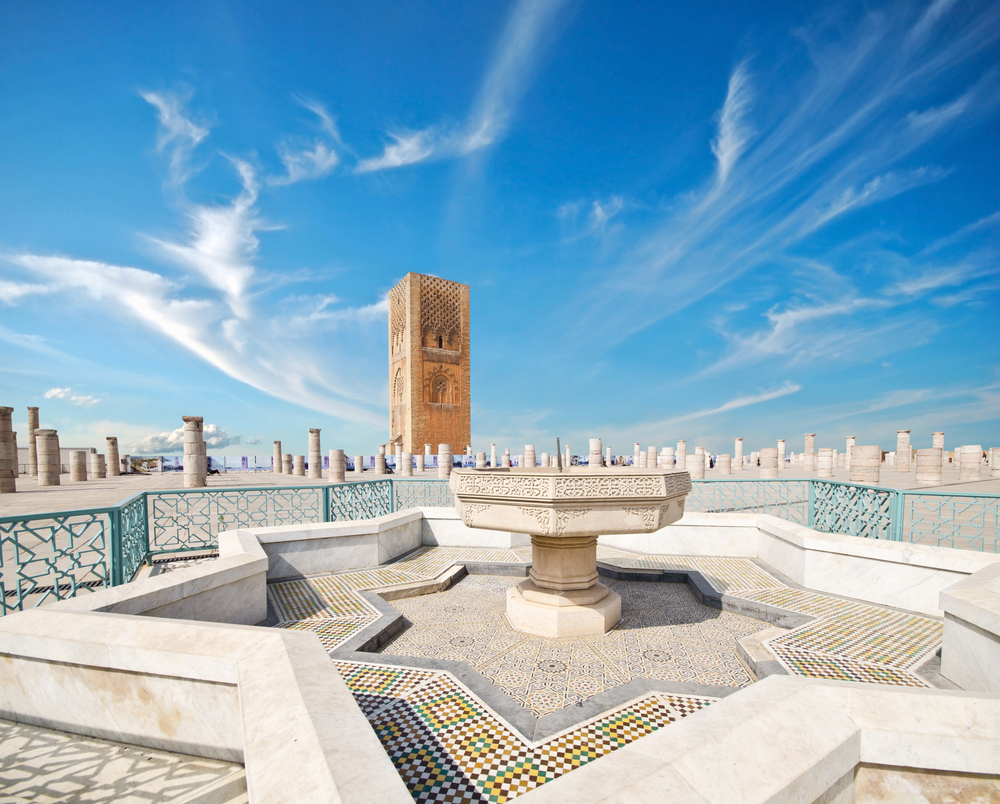
Essaouira: Coastal Beauty
Essaouira Ramparts
The fortifications provide an interesting counterpoint to Morocco’s more elaborate structures. Capture the cannons looking out to sea or frame a shot through one of the many arched openings.
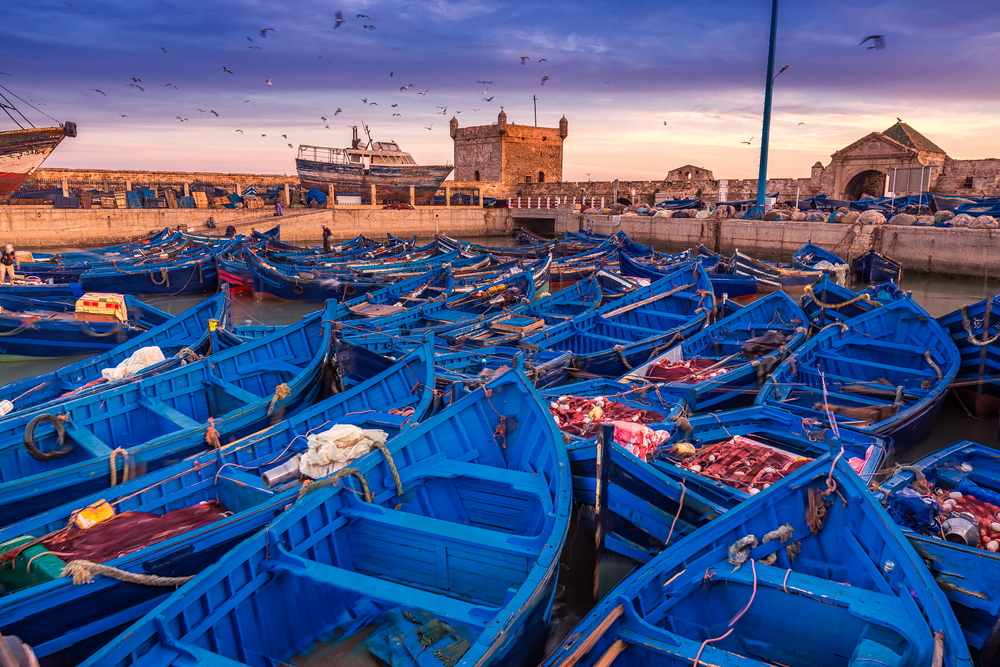
Off-the-Beaten-Path: Ait Benhaddou
This UNESCO World Heritage site is a striking example of traditional Moroccan earthen clay architecture. The various levels and layers of this ksar (fortified village) provide an array of angles and perspectives for a photographer.
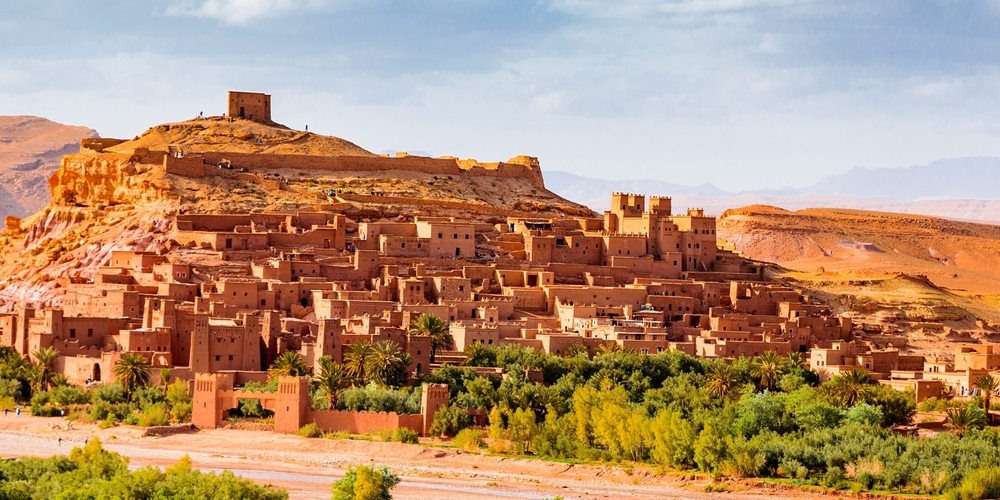
Practical Tips for Moroccan Architecture Photography
- Early Morning and Late Afternoon: These are the best times for capturing the Moroccan light, which can otherwise be too harsh.
- Tripod: Useful for low-light conditions, especially in dimly lit interiors.
- Wide-Angle Lens: Helps in capturing expansive architectural features.
- Local Etiquette: Always ask for permission before photographing people, especially in religious or private spaces.
Conclusion
Morocco offers a plethora of architectural wonders that are not just visually stunning but also rich in history and cultural significance. Whether you are an amateur photographer or a seasoned professional, Morocco provides a vivid tapestry of opportunities to capture the essence of its architectural spirit. From the grandeur of royal palaces to the humble charm of earthen villages, Morocco is truly a photographer’s paradise.
